How to Write a Complaint Letter Template
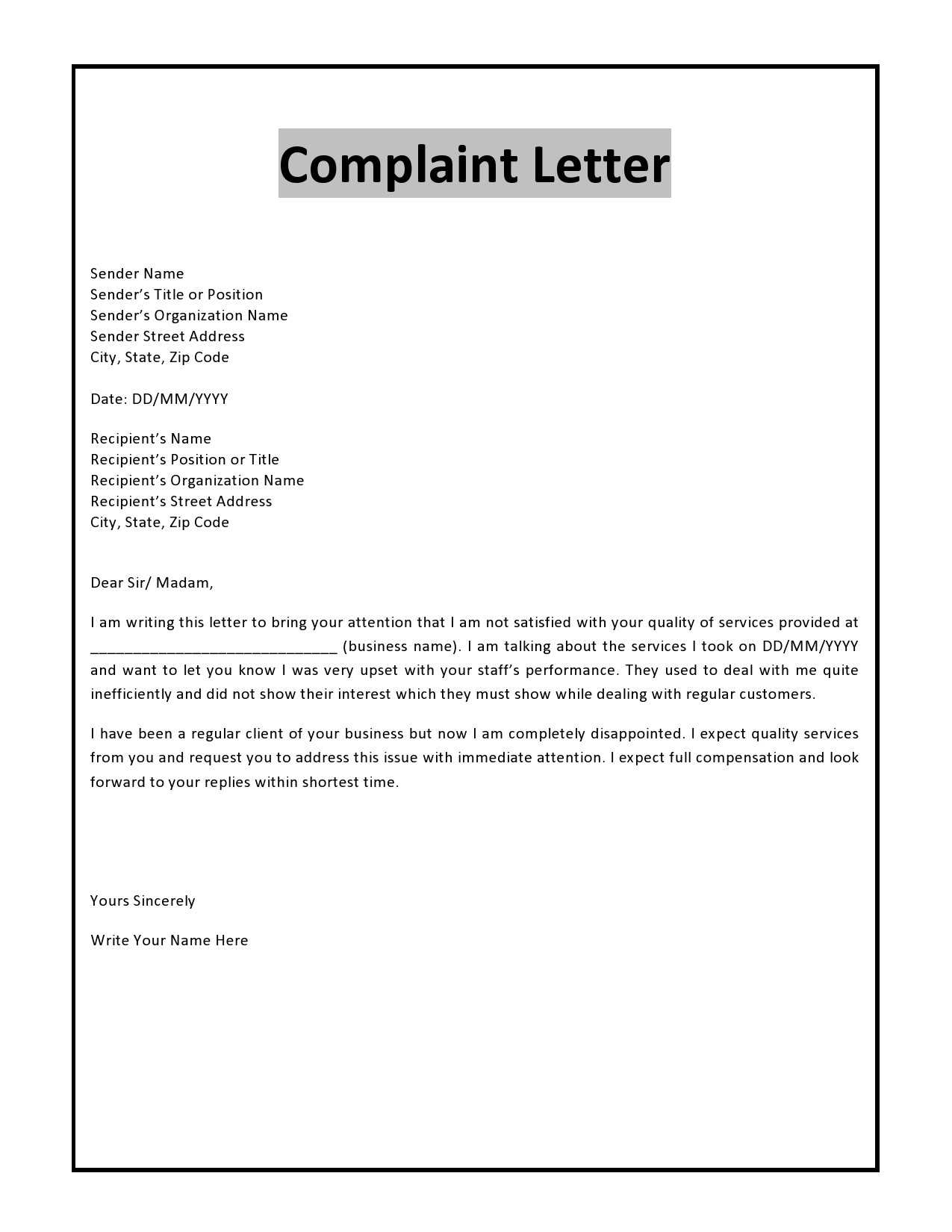
When you need to express dissatisfaction or resolve an issue, drafting a well-constructed message is key. A carefully composed communication can help convey your concerns effectively, ensuring your point is understood without ambiguity. Whether addressing a service, product, or situation, presenting your case in a clear and respectful manner is essential for achieving a positive outcome.
Effective communication hinges on presenting your issue logically, outlining the problem clearly, and requesting a solution that is both reasonable and achievable. The structure of your message plays a significant role in how your concerns will be received. A disorganized or overly emotional approach might hinder your chances of success, whereas a thoughtful and structured appeal increases the likelihood of a favorable response.
Mastering this skill is valuable not just in professional settings, but in everyday interactions as well. By following a clear framework, you can ensure that your message is well-received, leading to constructive dialogue and prompt resolution.
Why Writing a Complaint Letter Matters
Effective communication is vital in addressing issues and resolving conflicts. A well-thought-out message can ensure that your concerns are taken seriously and acted upon. By putting your thoughts into a clear, structured format, you increase the chances of receiving a positive response and achieving the desired result.
Establishing Credibility and Professionalism
When you choose to express dissatisfaction in writing, it demonstrates a level of seriousness and professionalism. This form of communication shows that you are taking the matter seriously and expect a resolution. A carefully crafted message reflects your commitment to resolving the issue efficiently, which can encourage the recipient to address your concern promptly and effectively.
Ensuring Clarity and Avoiding Misunderstandings
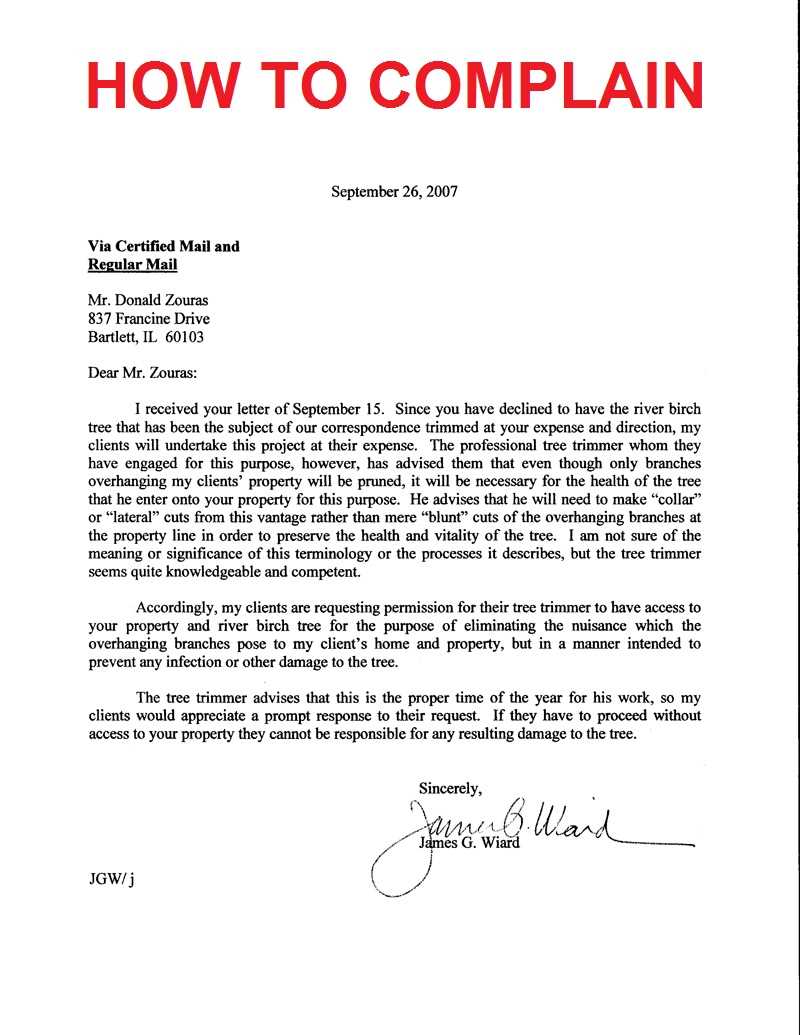
Written communication allows you to organize your thoughts, providing a clear record of the problem and your request. This minimizes the risk of misunderstandings or misinterpretations that may arise from verbal conversations. With the right approach, you can convey the facts in a way that leaves little room for confusion, making it easier for the recipient to address your issue accurately.
Essential Elements of a Complaint Letter
To effectively address an issue, it’s important to ensure that your message is structured properly. A well-crafted document contains key components that not only convey the problem clearly but also make it easier for the recipient to understand and resolve the situation. By focusing on the essentials, you ensure that your message is both impactful and professional.
The first element is providing relevant details about the situation. This includes describing the problem, the date it occurred, and any specific circumstances. Including these details gives the recipient context, making it easier for them to identify and understand the issue.
Another critical aspect is a clear explanation of what you expect as a resolution. Rather than simply outlining the problem, suggest a practical solution that you feel would resolve the situation. This helps guide the recipient toward a solution that satisfies both parties.
Finally, maintaining a polite and professional tone throughout the message is essential. Even when addressing a frustrating situation, a respectful approach encourages a cooperative response, increasing the likelihood of a favorable outcome.
Tips for Structuring Your Letter
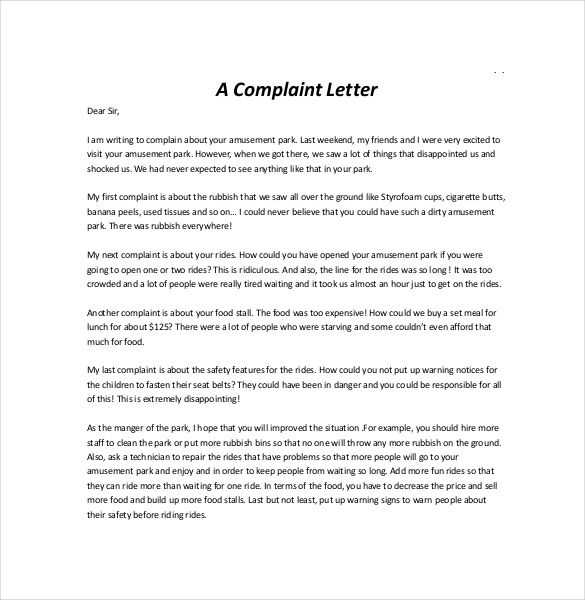
When addressing an issue, organizing your message clearly is essential for ensuring your concerns are communicated effectively. A structured approach allows the recipient to easily follow your points and understand the desired outcome, increasing the likelihood of a prompt resolution. By adhering to a logical format, you create a document that is both professional and impactful.
Here are key guidelines to follow for proper structure:
| Section | Purpose |
|---|---|
| Introduction | Start with a brief overview of the situation, including the main issue you are addressing. |
| Details | Provide specific information, such as dates, facts, and relevant circumstances, to clarify the issue. |
| Request | Clearly state what action or solution you are seeking to resolve the problem. |
| Conclusion | Close with a polite remark, expressing gratitude for the recipient’s attention and cooperation. |
By following these steps, you ensure that your message is well-organized, allowing for a smoother communication process. This approach not only helps the recipient understand the issue better but also presents you as a clear and organized communicator.
Effective Language for a Strong Message
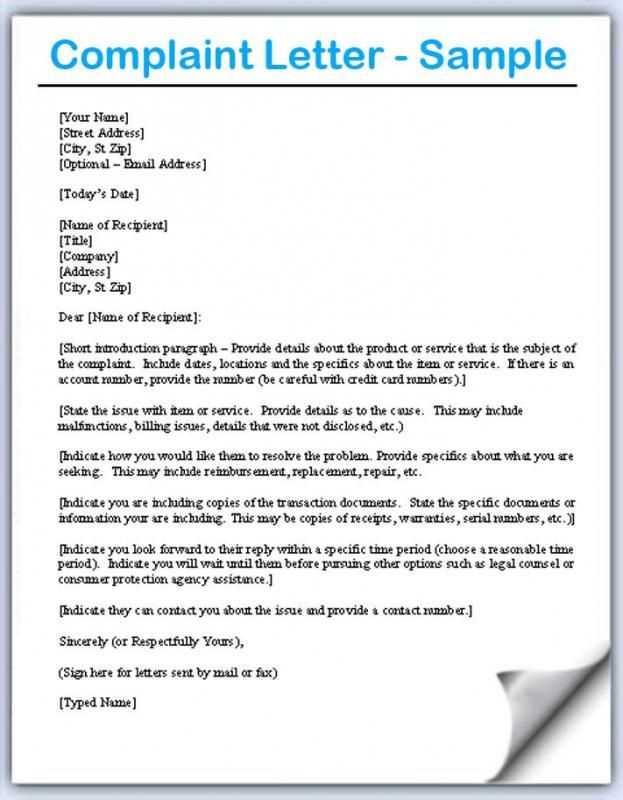
Using the right tone and choice of words can greatly impact the outcome of your communication. Precision, clarity, and respect are essential to convey your message firmly yet professionally. The language you select should be both assertive and diplomatic, ensuring that your concerns are understood while maintaining a constructive approach.
Be direct but courteous. Focus on facts and avoid emotional or accusatory language that could lead to defensiveness. Offering clear details helps establish the validity of your points, while a respectful tone encourages a positive resolution. Use strong, clear language, but avoid sounding aggressive or confrontational. The aim is to express dissatisfaction in a way that invites cooperation rather than resistance.
Incorporating polite requests and suggestions for improvement demonstrates willingness to work toward a solution. Furthermore, maintaining professionalism throughout the communication ensures your message is taken seriously and opens the door for effective follow-up actions.
How to Format Your Complaint Properly
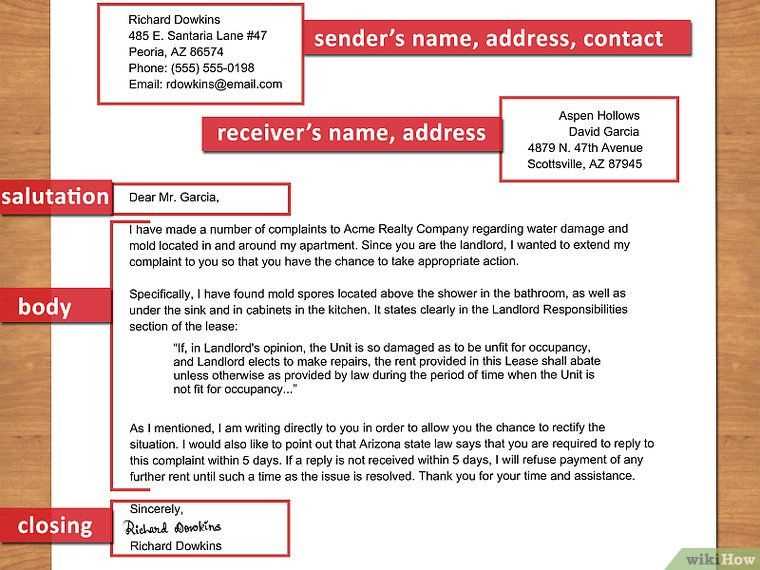
Organizing your message in a clear and structured manner helps ensure that your points are communicated effectively. A well-organized format allows the recipient to understand your concerns quickly and respond appropriately. It is crucial to follow a logical sequence that guides the reader through the issue and the actions you expect.
Begin with a formal introduction that sets the context of your communication. Include relevant details such as dates, locations, and specific incidents to provide a clear understanding of the situation. Following the introduction, present the issue in a concise manner, avoiding unnecessary information that could confuse the reader.
Next, clearly state the resolution or action you are seeking, and if applicable, provide suggestions for resolving the matter. Finish with a polite closing, expressing your expectation for a timely response or solution. Ensure that each section is easily identifiable and that the tone remains professional throughout.